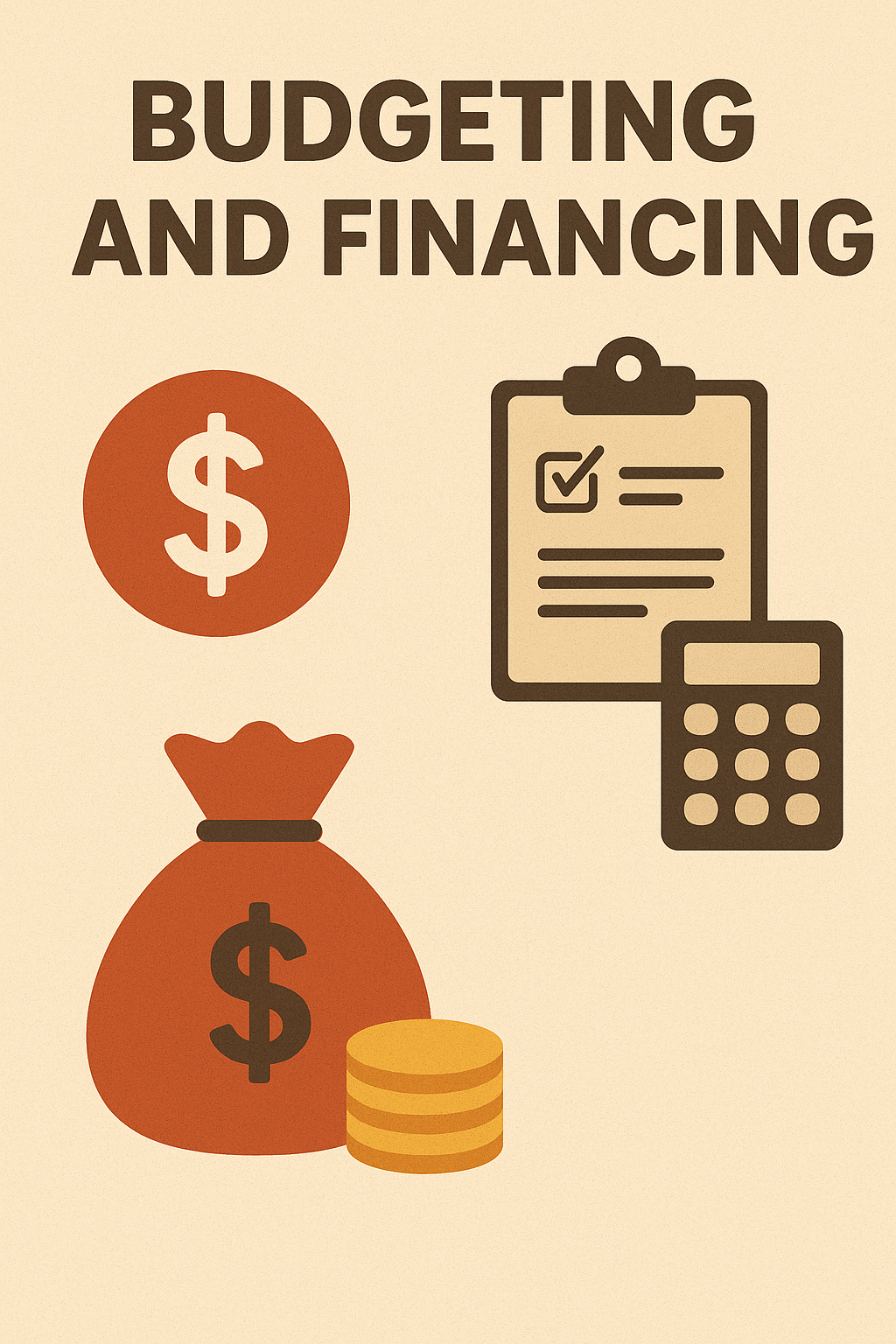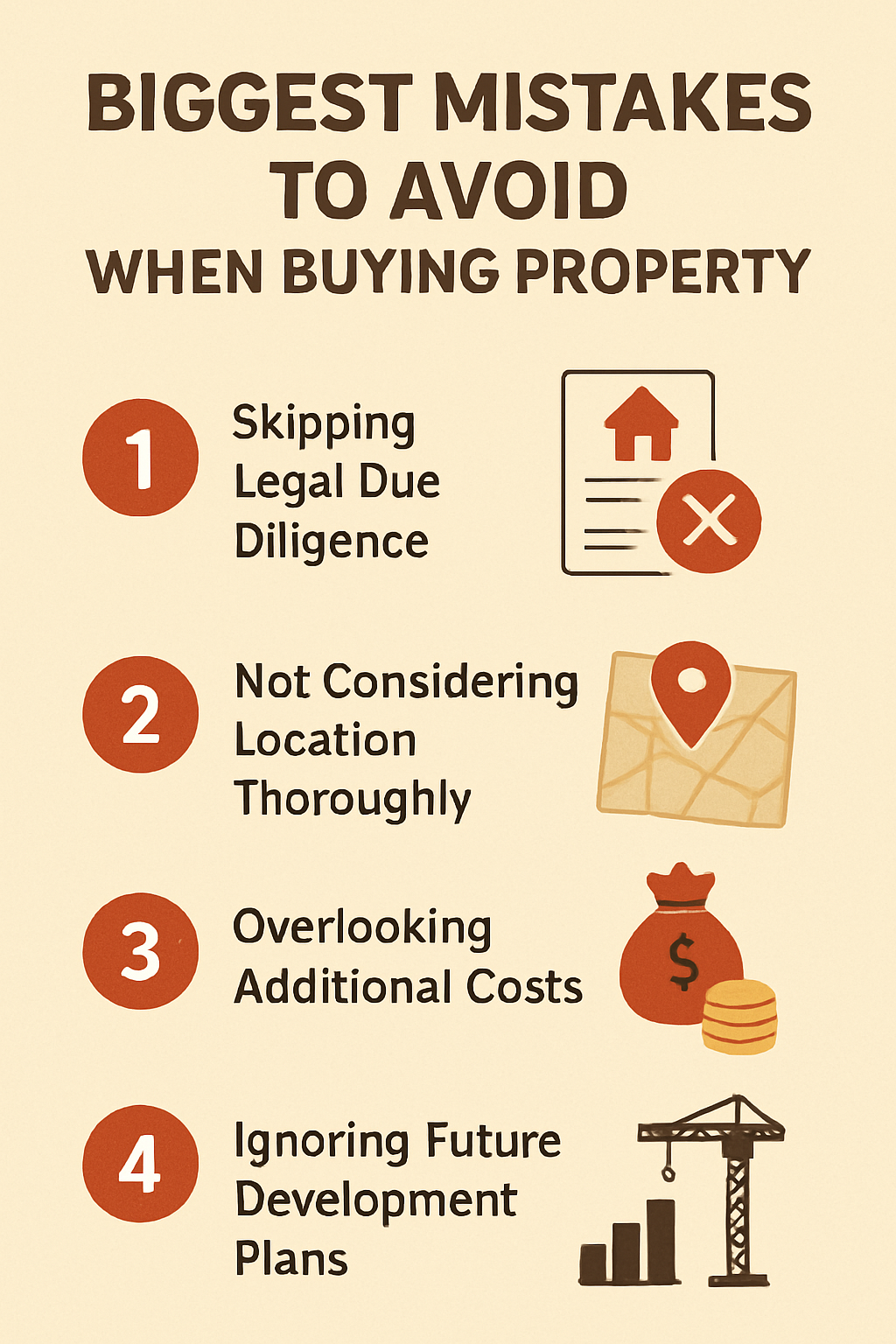Buying Property in Nepal: The No-Regrets Checklist (House & Land)

Thinking of buying a house or land in Nepal? It’s a life-size decision—financially and emotionally. This guide blends the best advice from five detailed sources into one clear, factual playbook you can trust. Use it to avoid costly mistakes, compare options smartly, and move from browsing to ownership with confidence.
1) Start with Money: Budget & Financing
Define your ceiling: Total budget = purchase price + registration tax + legal/document fees + broker commission + inspection/valuation + immediate repairs/move-in costs.
Compare mortgage options: Most banks offer home loans. Compare rates, required down payment, tenure, penalties, and prepayment rules.
Stress-test repayments: Make sure EMIs still work if rates rise or income dips.
Keep a contingency: 5–10% buffer for surprises (minor renovations, utility deposits, furniture).
 2) Location & Resale Math
2) Location & Resale MathDaily life fit: Access roads, commute time, public transport, and proximity to schools, hospitals, markets, and internet reliability.
Neighborhood pulse: Visit at different times to check traffic, noise, and safety.
Growth signals: Ongoing/planned infrastructure (roads, schools, commercial hubs) often boosts value.
Where to look:
Kathmandu Valley: Bhaisepati, Karyabinayak, Baluwatar, Jhamsikhel (premium); Tokha, Kirtipur, Sano Bharyang, Mulpani (more affordable).
Beyond KTM: Pokhara, Bhaktapur, Lalitpur (Patan), Chitwan—each with distinct value drivers.
Think exit: Even if you’ll live there long-term, buy with future resale in mind.
3) Legal Due Diligence (Non-Negotiable) Core documents for house & land
Core documents for house & land
Lalpurja (Land Ownership Certificate) – verify seller’s name, plot number, area, land type, Malpot office details and location, weather it matches with Blue print trace map(naapi naksa), Mohi, and latest date of property sale.
Tax clearance certificate (Malpot Tiro) – from Malpot Karyalaya (Land Revenue Office).
No Objection Certificate (NOC)/Manjurinama – where joint ownership applies.
Mortgage status – ensure no bank lien; obtain loan clearance if previously mortgaged.
Dispute check – confirm no court cases, encumbrances, or acquisition notices.
Match on ground vs. paper – area, boundaries, char killa and land-use type must align.
Extra for houses
Municipal building approval/blueprint and completion compliance-check whether the building is constructed as per approved drawing, design permit (Asthaayi Ijaajat Patra) and Nirman Sampanna (Building completion certificate).
Occupancy/utility approvals where applicable.
Extra for land
Land-use classification (e.g., residential/commercial/agricultural) – request the property classification details from concerned ward office.
Official boundary verification with a surveyor; avoid encroachment risks.
Avoid Ailani (unregistered) land entirely.
Tip: Hire your own real estate lawyer (not one arranged by a non-registered agent). Independent verification at Malpot is worth every rupee.
4) Technical Inspections (What pros check)
For houses
Structure: Foundation, beams/columns, roof integrity, visible cracks, damp, settlement.
Earthquake readiness: Ask for design/permit proof aligned with building codes and structural drawing.
MEP systems: Water pressure, plumbing leaks, drainage, electrical load and wiring condition.
Age & maintenance: Older homes may need immediate capex—price it into your offer.
For land
Topography & soil: Flat vs. slope (retaining walls, cut/fill costs), bearing capacity.
Access & frontage: Legal, usable road access significantly affects value.
Flood/landslide exposure: Check local risk maps and speak with neighbors.
5) Market Value & Negotiation
Get a professional valuation: Prevents overpaying and strengthens negotiation.
Price benchmarking: Compare with similar listings in the same micro-market (use portals and agents, but verify independently).
Negotiation levers: Needed repairs, limited access, pending regularizations, or slow demand can justify a discount.
Walk-away power: If terms aren’t fair, move on—there are always other plots and homes.
6) Zoning, Plans & what’s Coming Next
Master plans & road widening: Great if it improves connectivity; risky if it cuts into your plot.
Nearby projects: Schools, transit, and shopping uplift value; heavy industry or noisy hubs can depress it.
Government land pooling: check if the property are under government land pooling system or any other government infrastructures.
7) The Real Costs (Know them upfront)
Typical items to budget for:
Registration & stamp duty: ~4.5%–5.5% of the property value (local rules apply).
Broker/agent commission: ~2%–3% (negotiate and ensure the agent is registered).
Legal & documentation: plan around NPR 10,000–50,000 depending on complexity.
Professional fees: valuation, survey, and inspection.
Immediate works: repainting, fixes, utility deposits, moving costs.
Ongoing: maintenance, insurance, property tax, society fees (if applicable).
8) Step-By-Step Transfer Process (House or Land)
Offer & terms: Written proposal including price, inclusions, timelines, conditions.
Due diligence: Legal, technical, and valuation checks.
Rajinama (sale agreement): Sign in front of the Land Revenue Office once conditions are met.
Taxes & registration: Pay dues, execute transfer.
Title update: Get the updated Lalpurja in your name.
Post-purchase: Transfer utilities, store all receipts, and consider home insurance.
9) Working with Agents (Safely)
Choose reputable, registered agents with recent, verifiable deals.
Keep communication in writing; demand document copies early.
Never rely solely on an agent’s lawyer—retain your own.
10) Special Note for Foreign Buyers
Nepal generally restricts direct land/house ownership by foreign nationals. Investment is sometimes structured through a Nepali company or joint venture. Seek specialized legal advice before proceeding.
11) The Big Mistakes to Avoid
Skipping legal due diligence (Lalpurja, taxes, disputes, mortgages).
Overpaying due to weak comps or no valuation.
Ignoring hidden costs and then stretching the budget.
Buying blind on location, access, or disaster risk.
Rushing without inspections or document verification.
Trusting sales talk without independent checks.
Quick Buyer’s Checklist (Print & Carry)
Budget finalized with 5–10% buffer
Shortlist areas + site visits at different times
Independent lawyer, value, surveyor/inspector engaged
Lalpurja, tax clearance, NOC, mortgage clearance verified
Building permits/blueprints (houses) or land-use & boundaries (land) verified
Disaster risk and future plans checked
Market comps + formal valuation done
Written offer with conditions
Rajinama at Malpot, taxes paid, title transferred
Utilities transferred; documents safely stored
Conclusion
Buying property in Nepal doesn’t have to be stressful or guess-work. If you verify the papers, inspect the asset, price it with evidence, and plan the full cost, you’ll protect your money and your peace of mind—whether it’s a forever home or a smart investment.

